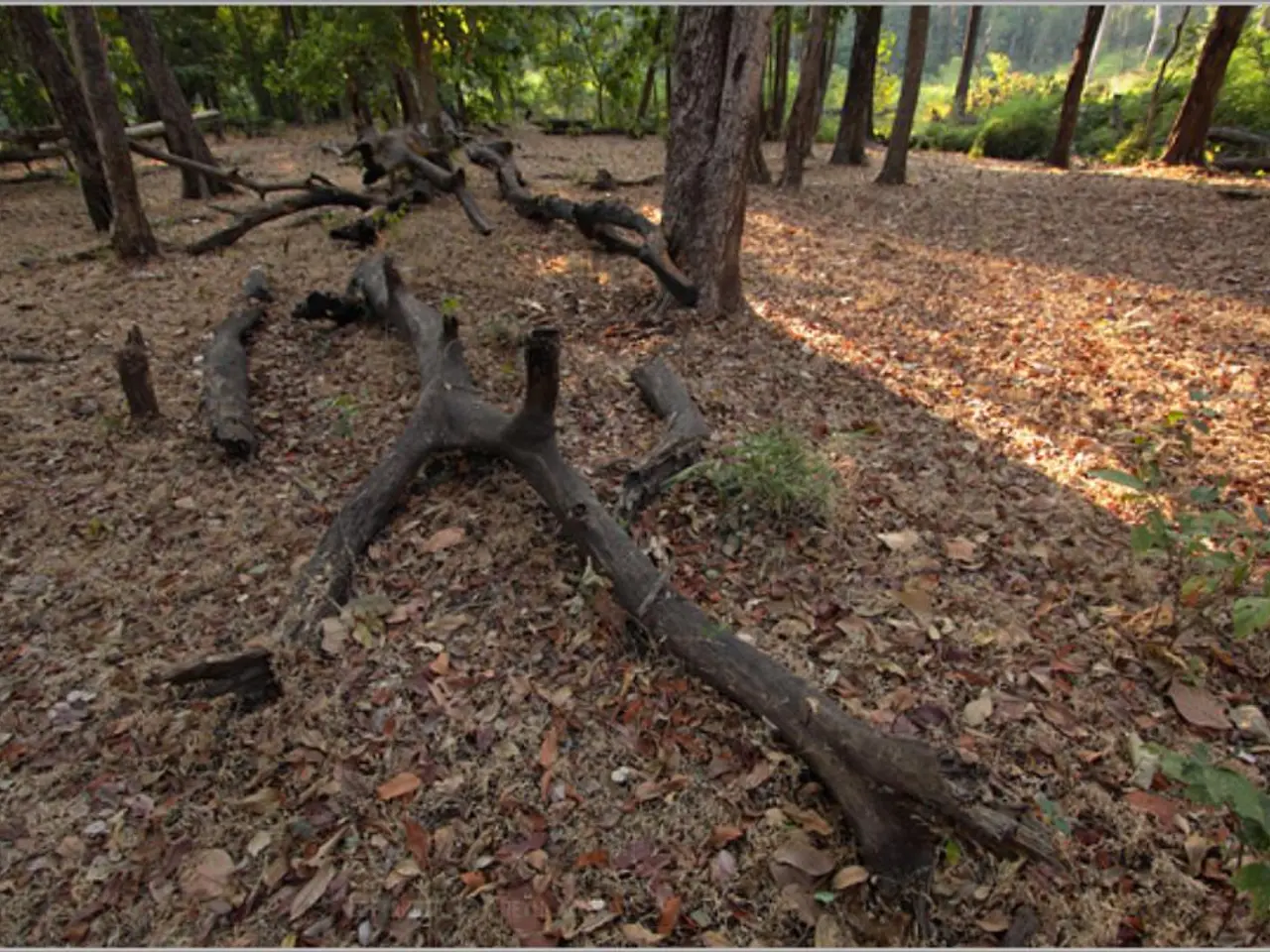Employing Burlap for Seasonal Garden Maintenance
Burlap, a sustainable and eco-friendly material, is an invaluable asset in the garden. With its ability to promote healthy plant growth, prevent erosion, and provide protection from various elements, burlap is a versatile fabric that can be used throughout the year.
Spring
In the spring, burlap can serve as a seed tray cover, enhancing seed germination by wicking moisture while allowing light to pass through. This helps reduce seed waste and creates an ideal environment for seedlings to thrive. Burlap can also be used to protect young plants from late frosts by loosely covering them, allowing air and light to reach the plants.
Summer
During the summer, burlap can provide shade and reduce heat stress for delicate plants. By wrapping or draping over them, burlap offers a breathable barrier that blocks some sunlight without trapping heat excessively. It also serves as a natural mulch under plants, conserving soil moisture and suppressing weeds. However, it should be combined with organic mulch on top to protect it from UV damage and foot traffic.
Fall
As autumn approaches, burlap can be used to wrap shrubs or young trees for winter protection. This should be done after the first frost, typically late fall or mid to late November, depending on your climate. Ensure plants are dry before wrapping to prevent moisture trapping, which can cause rot or disease. Use twine to secure burlap snugly but not tightly, allowing some air circulation. Burlap can also be used as a windbreak around vulnerable plants to reduce winter desiccation and damage.
Winter
In the coldest months, keep shrubs or trees wrapped to shield them from cold winds, frost, and snow damage. Remove burlap wraps in early spring once frost danger has passed to avoid limiting growth or encouraging mold due to prolonged moisture retention. If burlap becomes wet or soiled, let it dry out before reapplying or replacing it. Burlap can be re-waterproofed or softened using natural wax or fabric softeners if desired, but typically is used as-is for outdoor durability.
General Maintenance Tips
Burlap is breathable and natural but not waterproof, so in wet conditions, ensure it can dry to prevent mold or mildew. When washing burlap, use cold water on gentle settings to avoid fraying and add fabric softener to soften it if used repeatedly indoors or as reusable garden fabric. Use protective layers like mulch or rock on top of burlap laid on soil to extend its lifespan and prevent UV damage.
By adjusting the use of burlap to the needs of each season — from moisture control and frost protection to shading and windbreaks — and maintaining it with proper wrapping techniques and drying, you can maximize burlap's effectiveness and longevity in your garden throughout the year. Wet burlap should be allowed to dry completely before reuse, and any signs of damage should be repaired promptly. Burlap should be securely anchored to the ground or surrounding structures to prevent it from being blown away by strong winds.
In the realm of home-and-garden lifestyle, burlap proves its versatility by playing a significant role in sustainable living. As a gardening essential, it aids in maintaining a healthy garden throughout the year, offering benefits such as moisture control, frost protection, shading, and windbreaks for various seasons.




